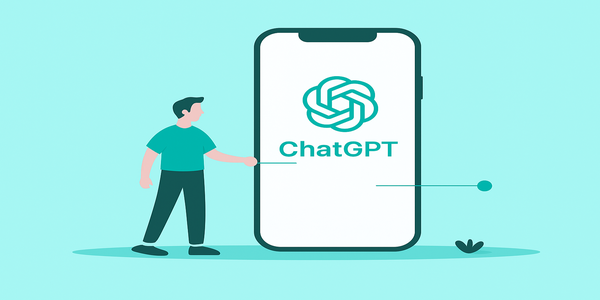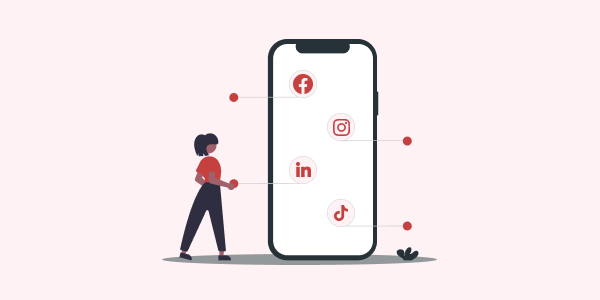You can devote a lot of time and energy on digital marketing campaigns that bring traffic to your website.
Once people are there, however, it’s your website’s job to convert these visitors into paying customers. In order to optimise your website for high conversion of traffic, consider the following questions:
- Who are you trying to convert?
- What are they looking for?
- What are the actions you want them to take?
- How are you going to measure your conversions?
- In addition to these best practice essentials, a best in class web design agency should offer the following features:
These questions will help determine how best to design your site to maximise the return on your investment. With these in mind, here are some key web design tips to ensure you’re not just getting eyeballs on your site but generating revenue and growing your online business.

1. Create a consistent user experience across all devices
The customer journey can be complex. Often, a person may view your website through multiple devices at various times of the day over a period of time before making a decision to purchase. Consider a potential customer who likes to conduct their own research before looking to buy from your business. They might be having a conversation with a friend about something they need and start their journey by searching for products on their smartphone, and come across your website along with a few of your competitors’ sites in their Google search results. Later that same day, they might return to these websites on their laptop or desktop. Perhaps they’ll send a link to your product page to a friend for a second opinion, who’ll use their tablet to scroll through your site.
If your site isn’t optimised for one or all of these different devices and your competitors’ sites are, you’ll risk losing a customer. Even if your site looks great on desktop, if it’s slow to load, has strange formatting or contains too much text when viewed on mobile, it can be off-putting and turn a potential customer towards a competitor. Responsive web design needs to be considered from the get-go.
Even if your site looks great on desktop, if it’s slow to load, has strange formatting or contains too much text when viewed on mobile, it can be off-putting and turn a potential customer towards a competitor.
2. Keep your web design simple and customer-centric
Instead of focusing on what features you want on the page, consider what your visitors are after and the kind of experience they expect to have. In order to maximise conversions, focusing on user engagement with your pages is key. If your bounce rate is high (meaning people are navigating away from your site), Google is likely to assume they’re not interested in your content and will penalise you in search rankings.
In order to maximise conversions, focusing on user engagement with your pages is key.
So, put your customers first. Make it as easy as possible for them to navigate around your site and keep your web design simple so they’re not overwhelmed. Keep your goals in mind, too. If your primary objective is to get website visitors to purchase from you, make sure the path from landing on your website to clicking “Buy Now” is as clear as possible. That means having simple, intuitive navigation and prominent calls to action that stand out on the page. Don’t overload your site with too many features as this can work against you. Abiding by the principle of “less is more” makes it more likely visitors will take important actions to convert.
3. Consider all stages of the customer journey
Designing a website is a process that doesn’t start with the icons, colours and features you see on the page. A customer journey map is an integral part of a customer-centric web design process. This enables you to understand the steps someone takes before buying your product, identify touch points along their path to purchase and address any gaps along the way. An experienced UX designer will use a customer journey map to design your website with all stages of the customer journey in mind, ensuring that whoever lands on your homepage will be able to find the information they need without endlessly searching and optimising the chances they’ll convert.
Someone landing on your site might just be in the research phase. This means your resources or blog section will need to be prominently featured so they can find the information and advice they’re looking for. They might be at the decision-making stage of their journey and looking for detailed information about your unique selling points, products and services, so make sure this information is also available to them and easy to find. If someone is ready to buy, make it straightforward for them to do so, as we outlined in the previous point.

Bonus tip:
Without the ability to measure performance, this advice won’t be of much use. Integrate your site with Google Analytics and set up goals so you can measure conversion activity over time. This is the only way you’ll be able to know how visitors are engaging with your website.
Do you need help designing a new website or improving your existing one to turn traffic into revenue for your business? Our team of experts use web design best practice and their experience creating high converting websites to build you a site that performs. Get in touch to find out how we can improve your website conversions.








